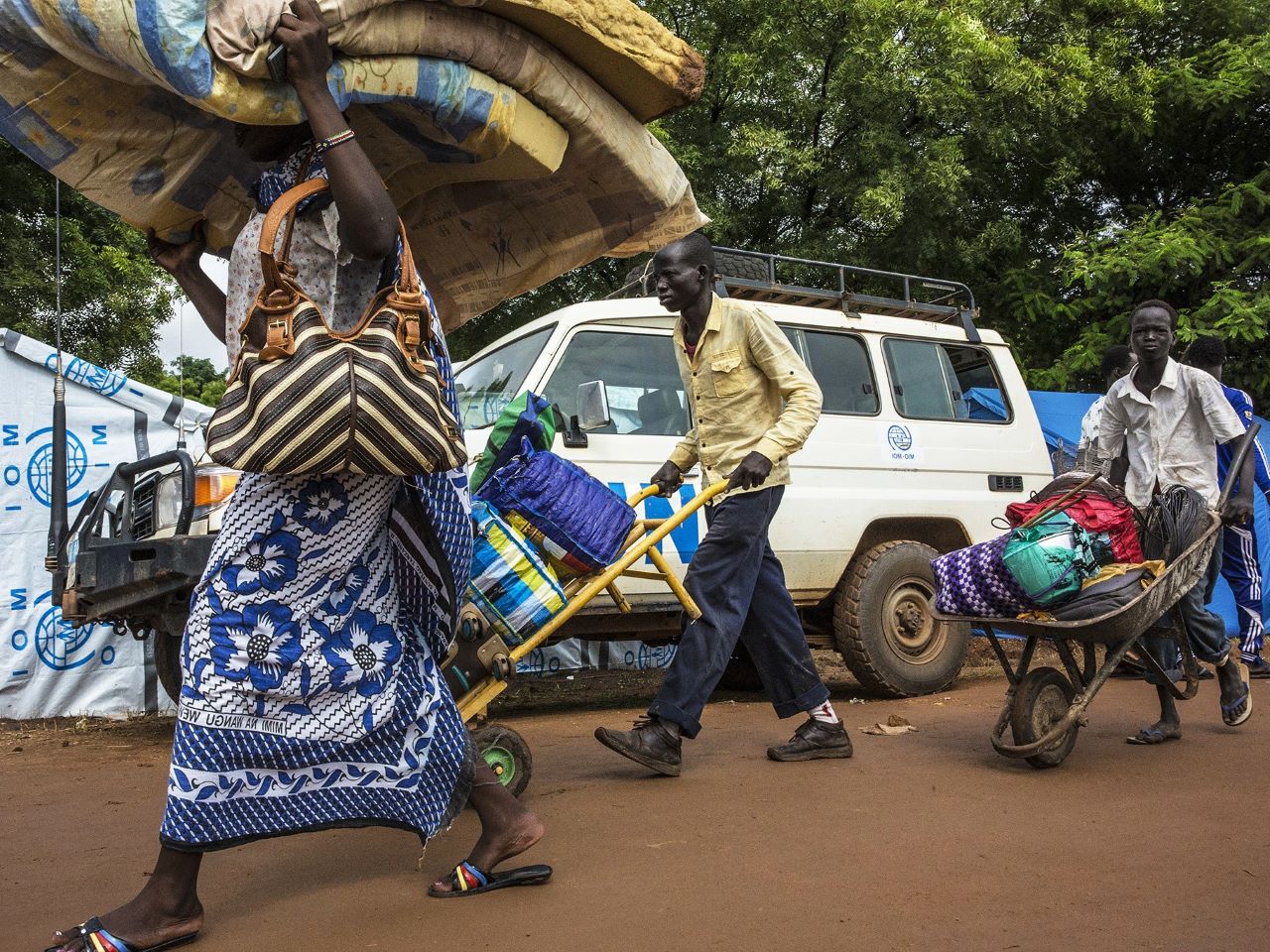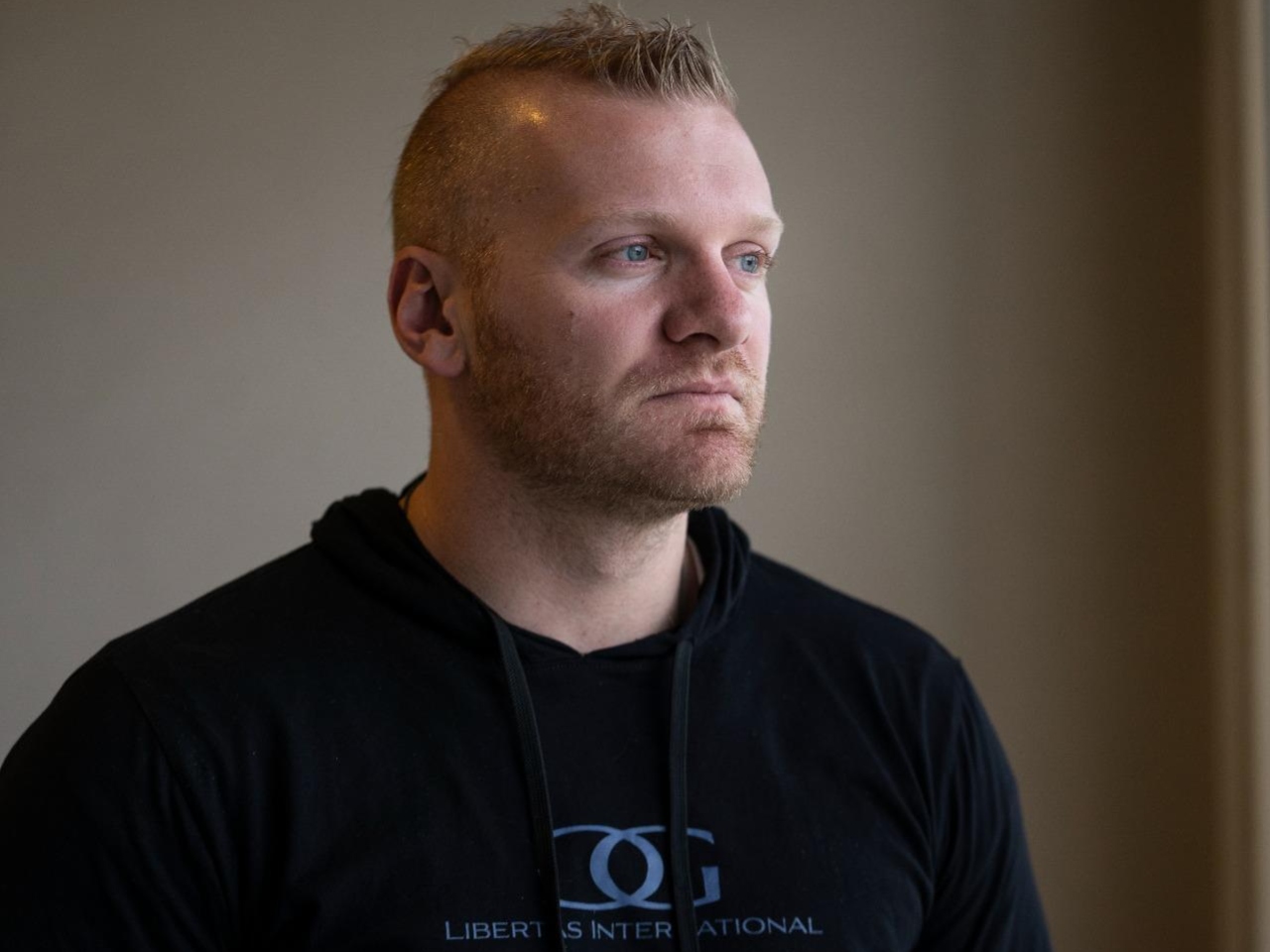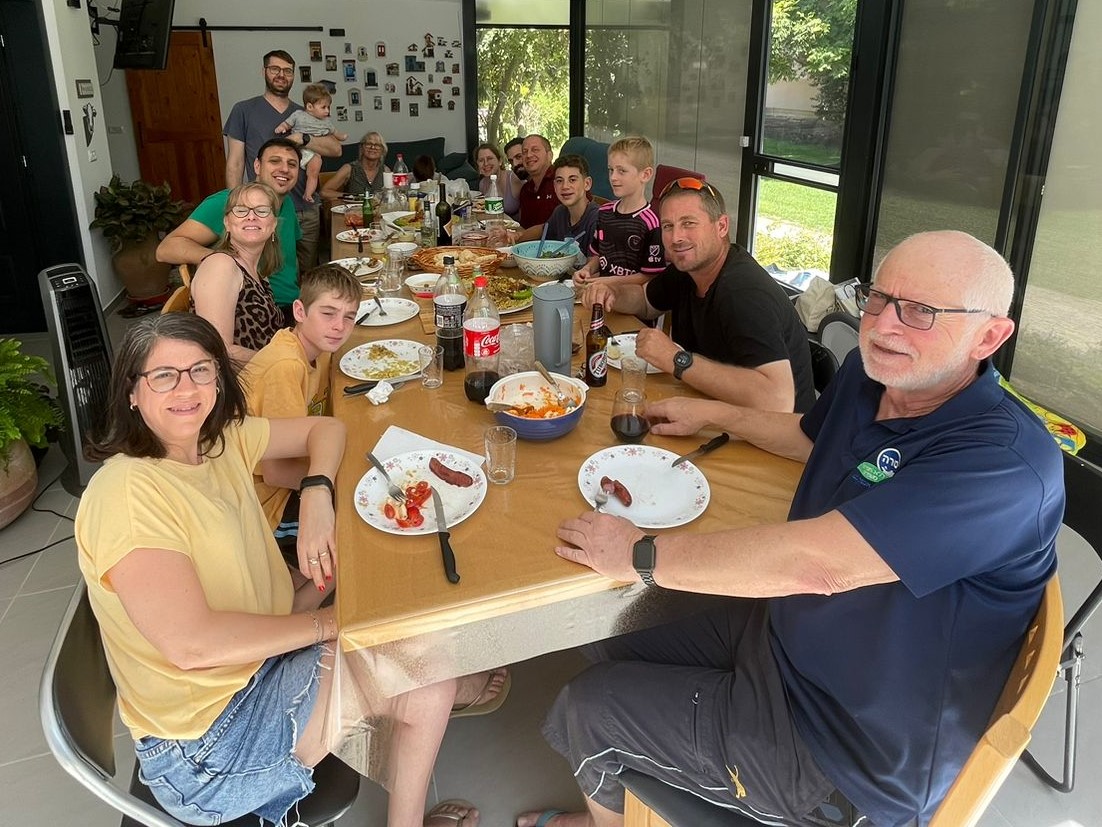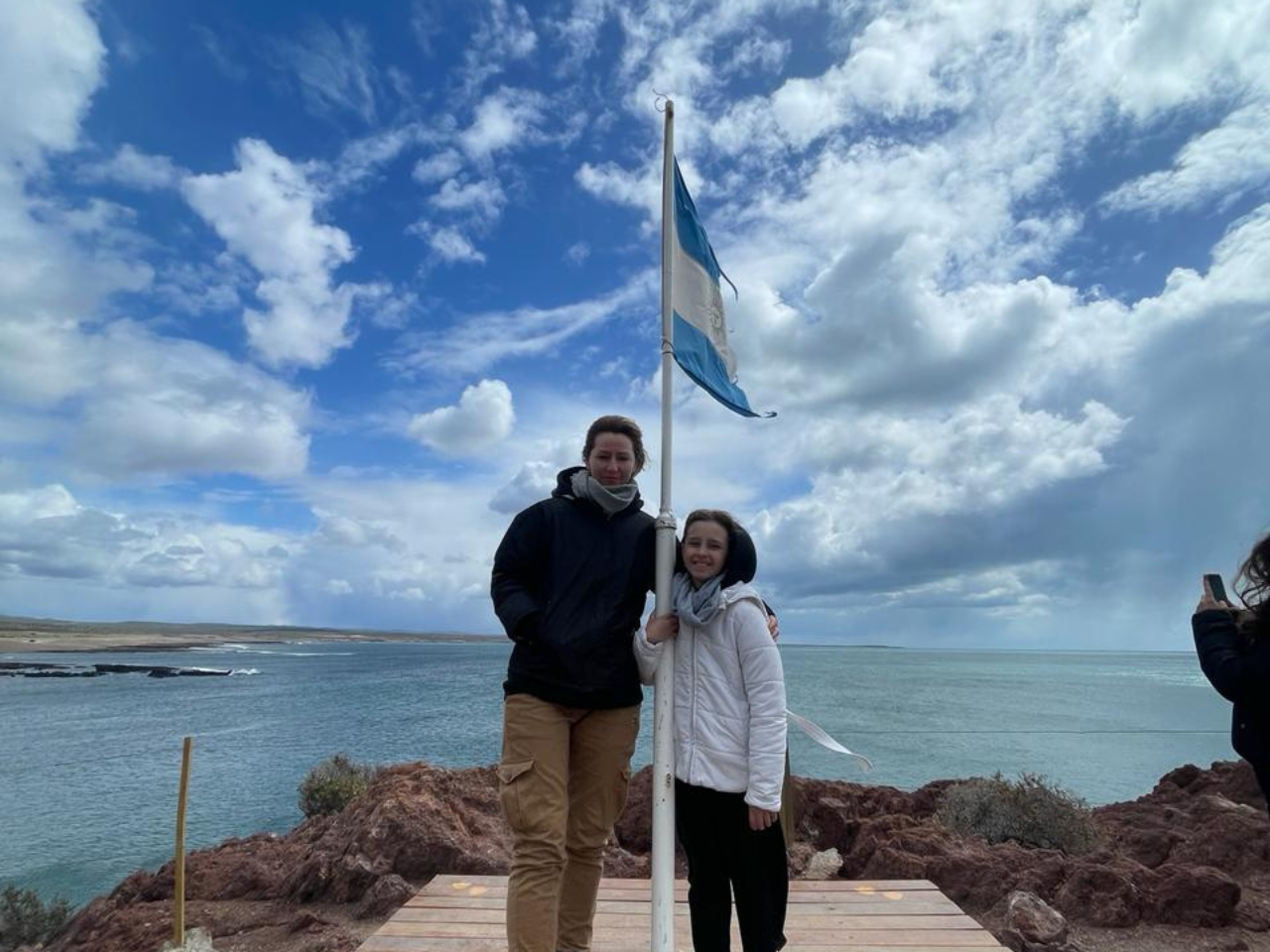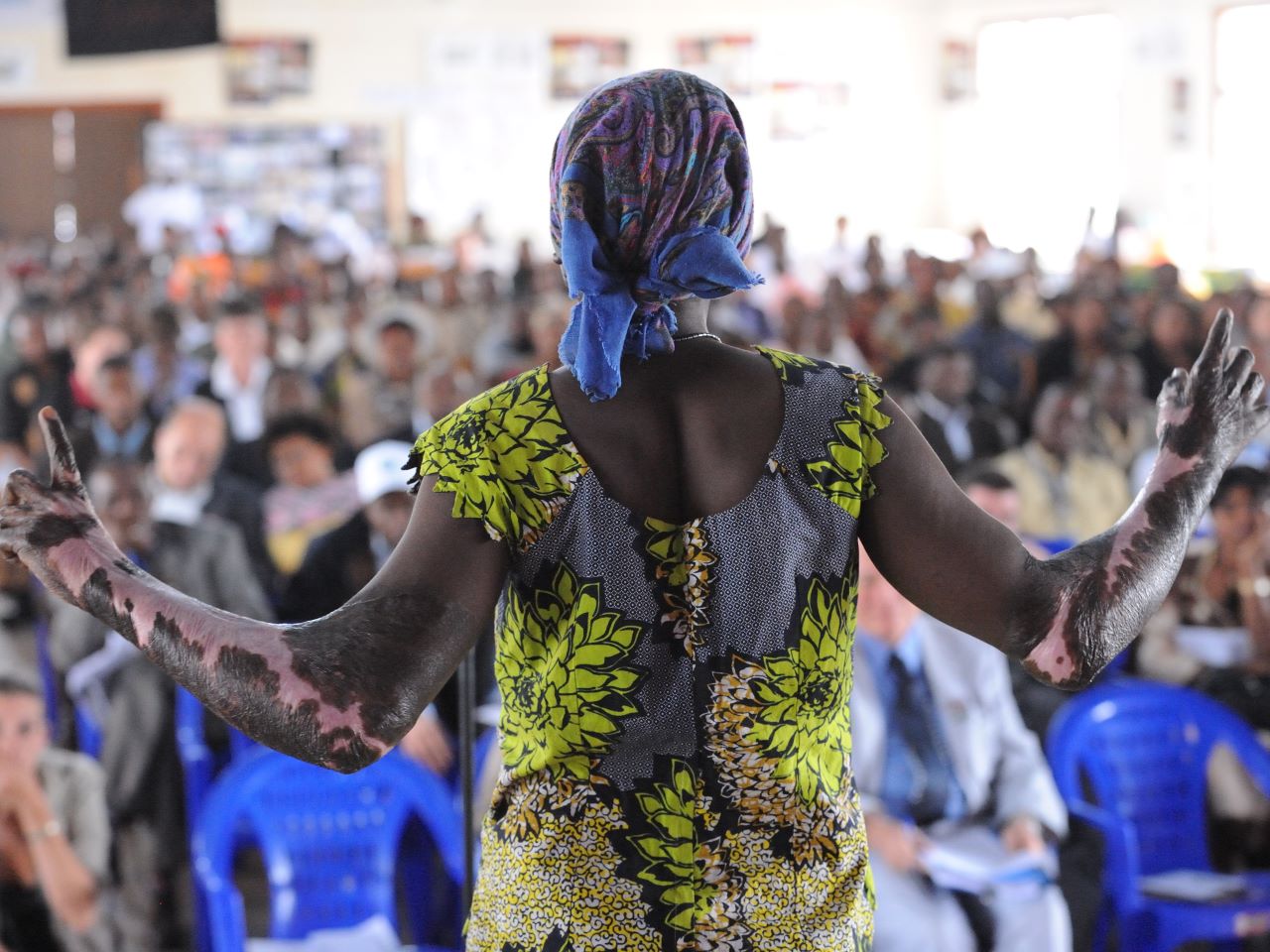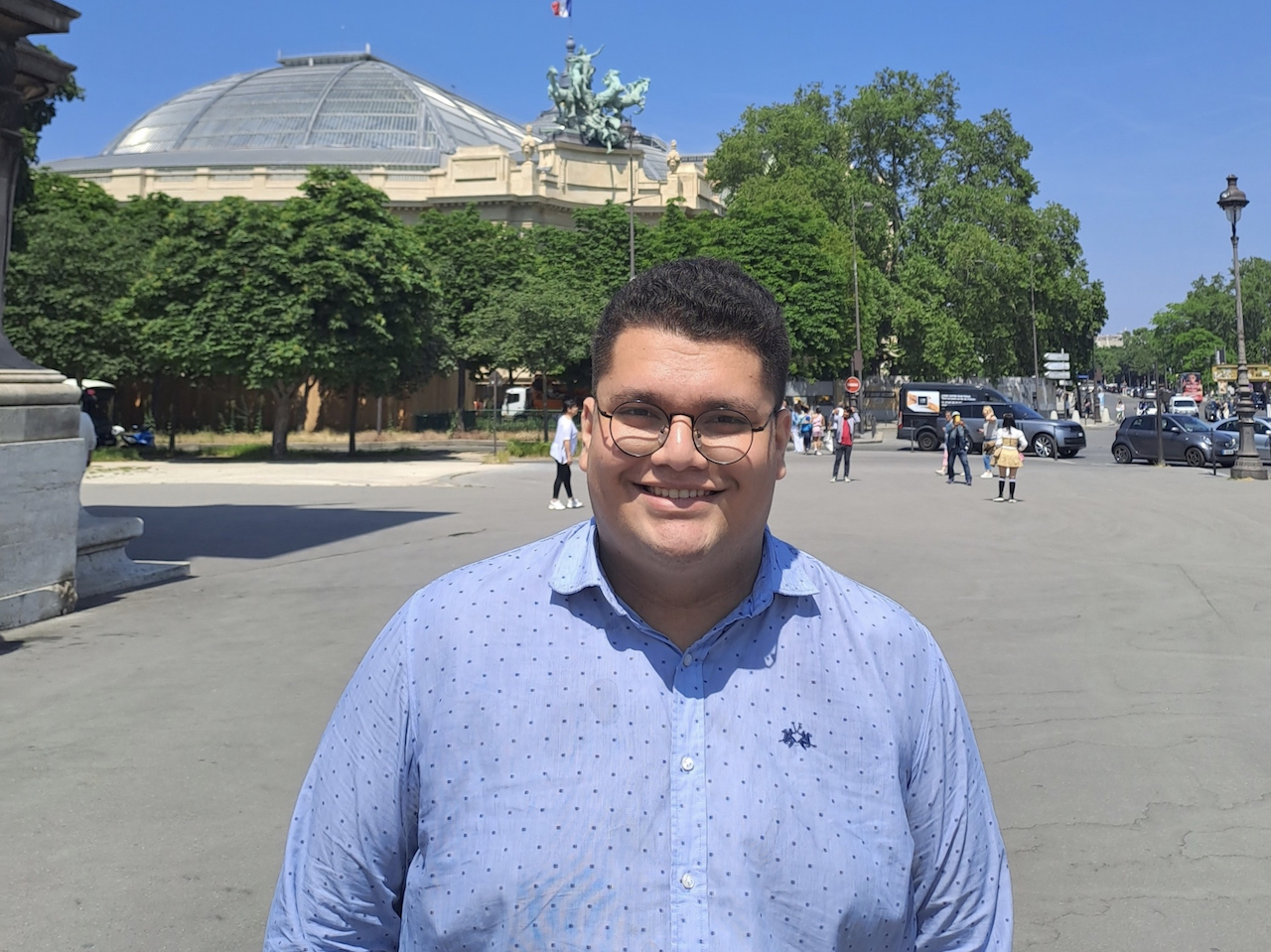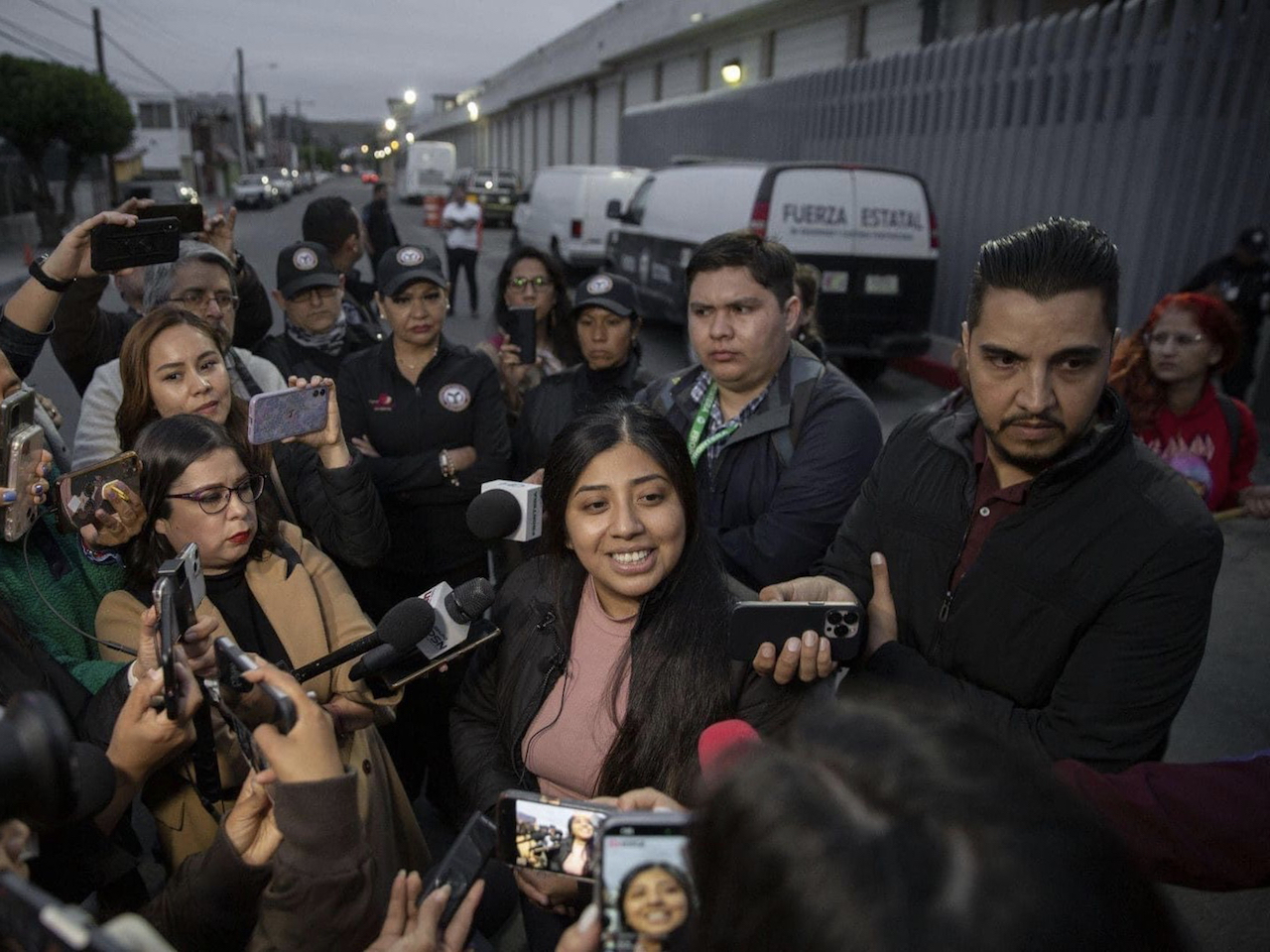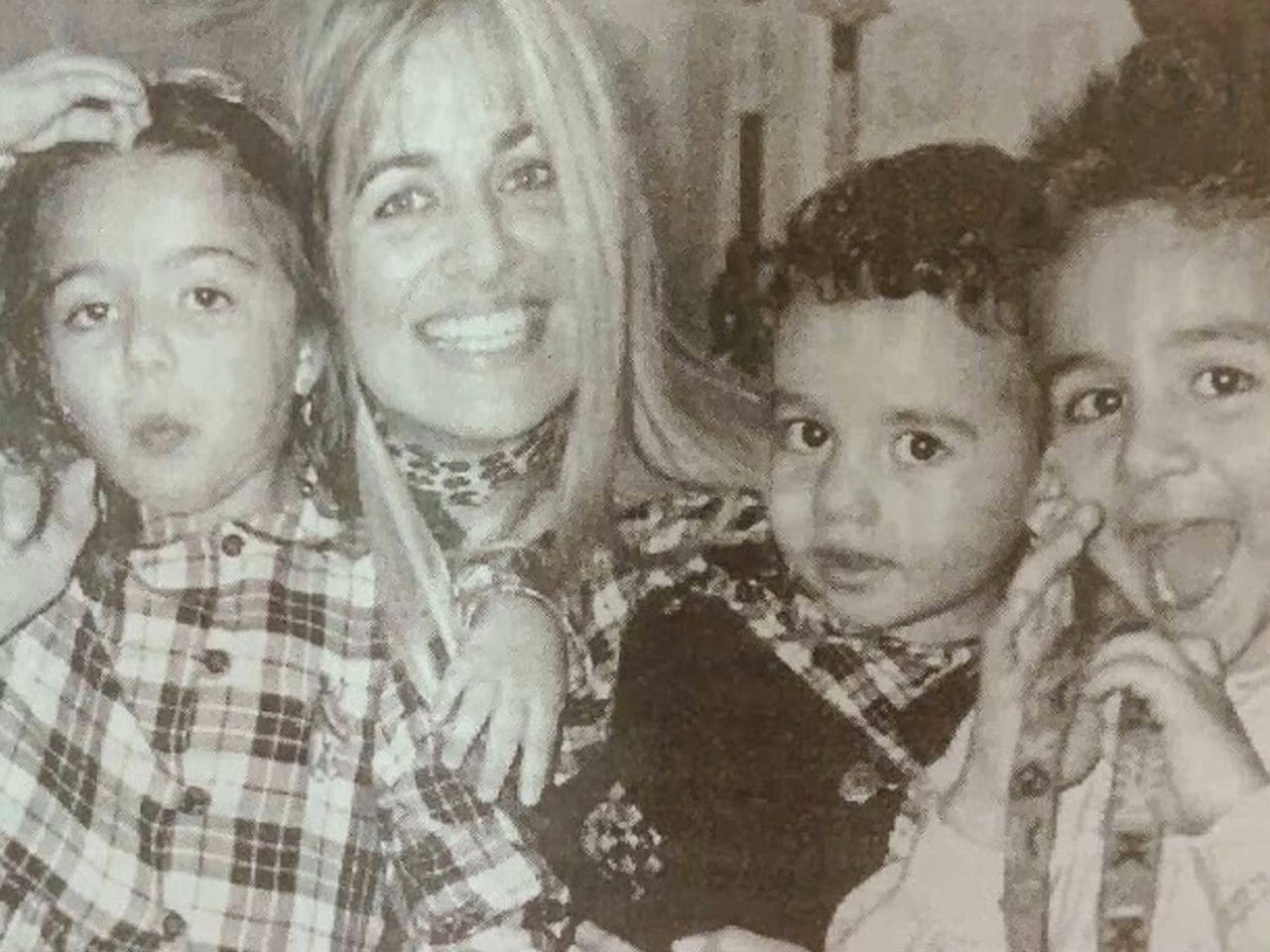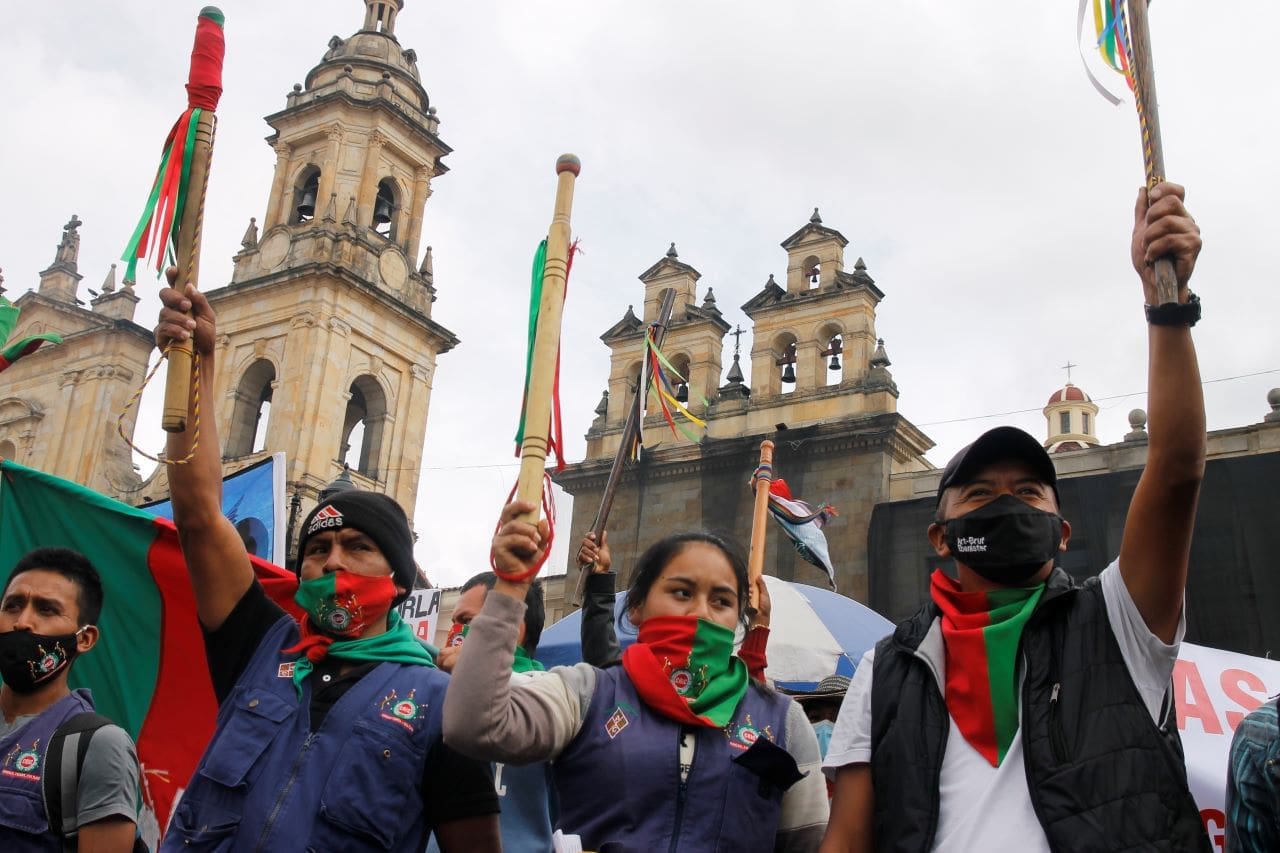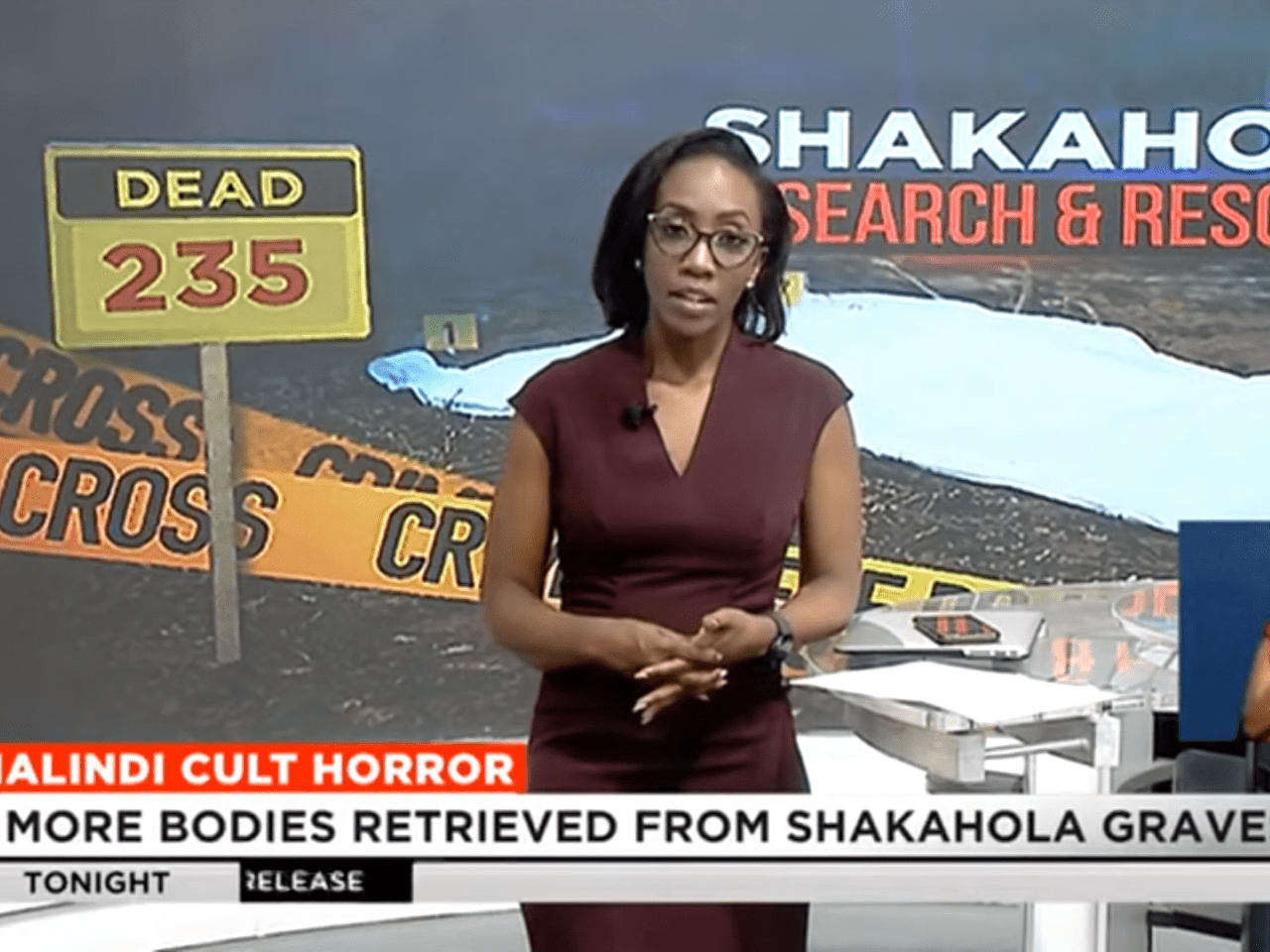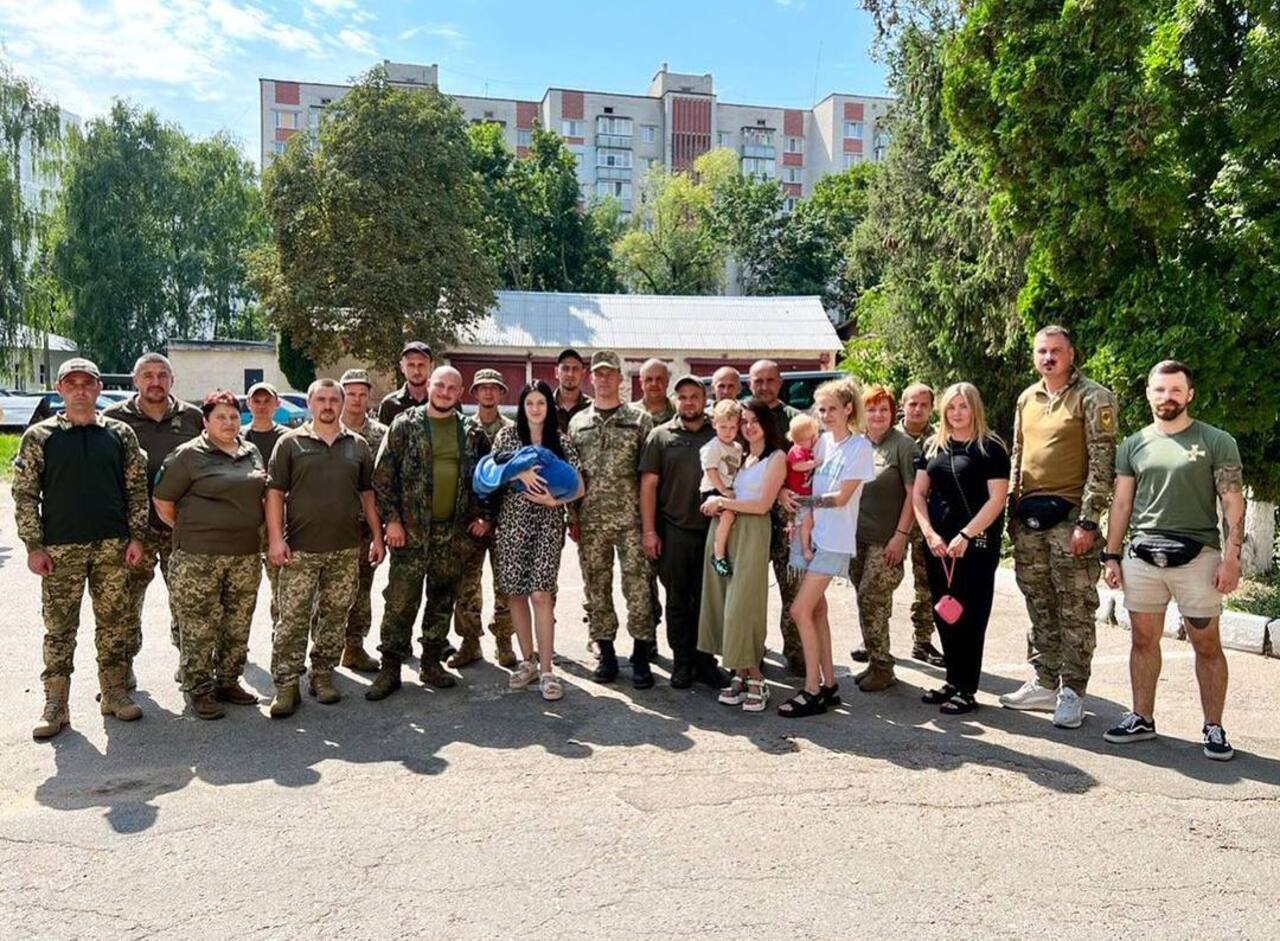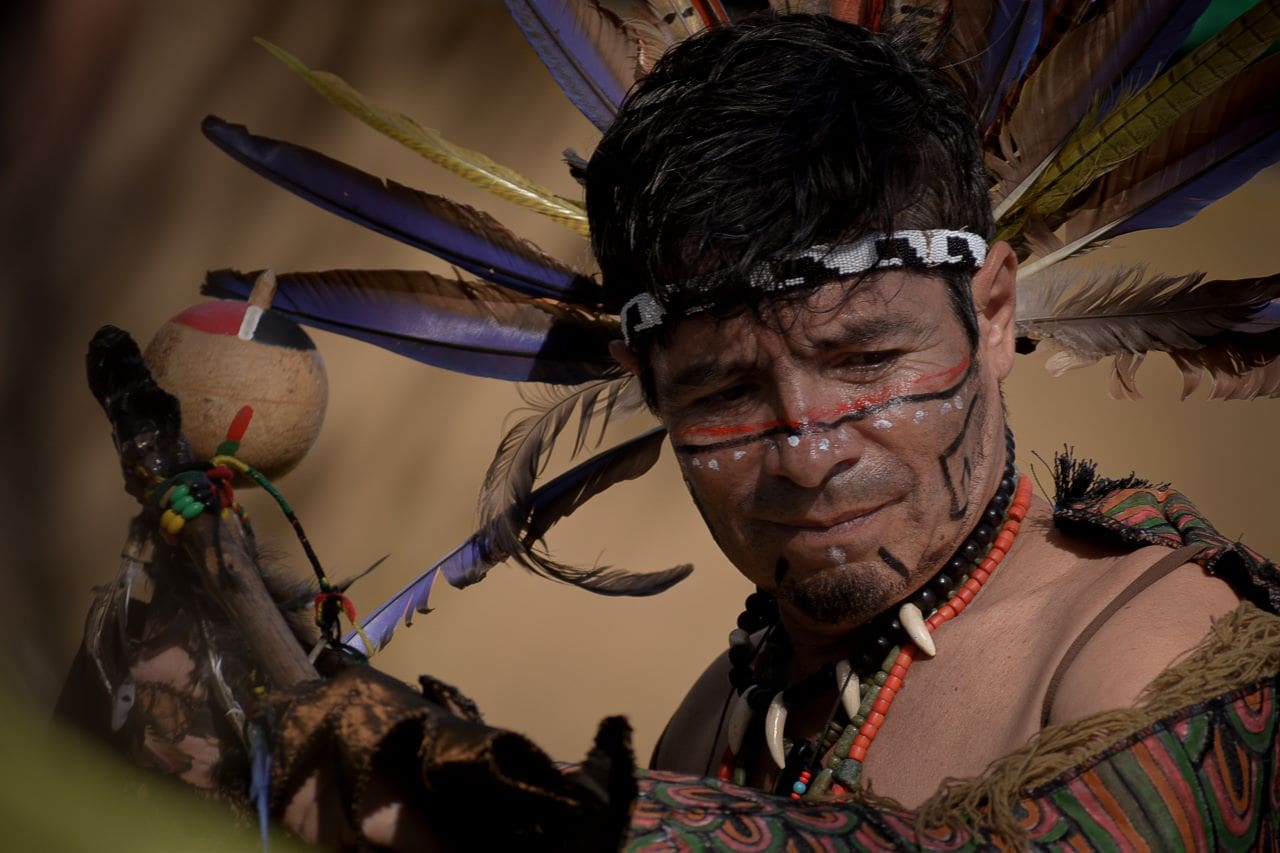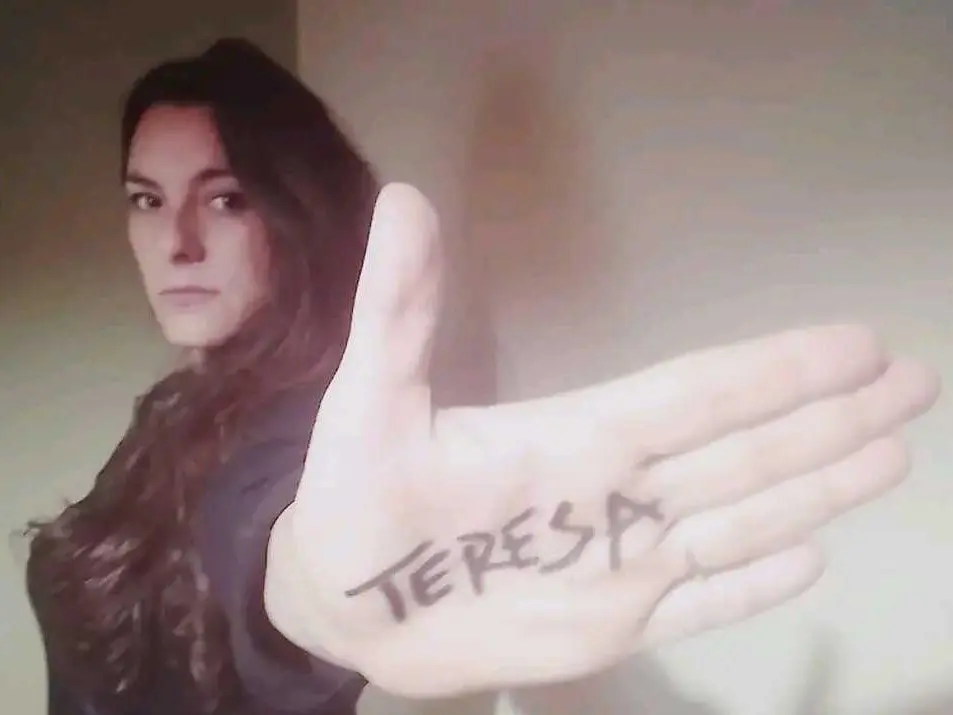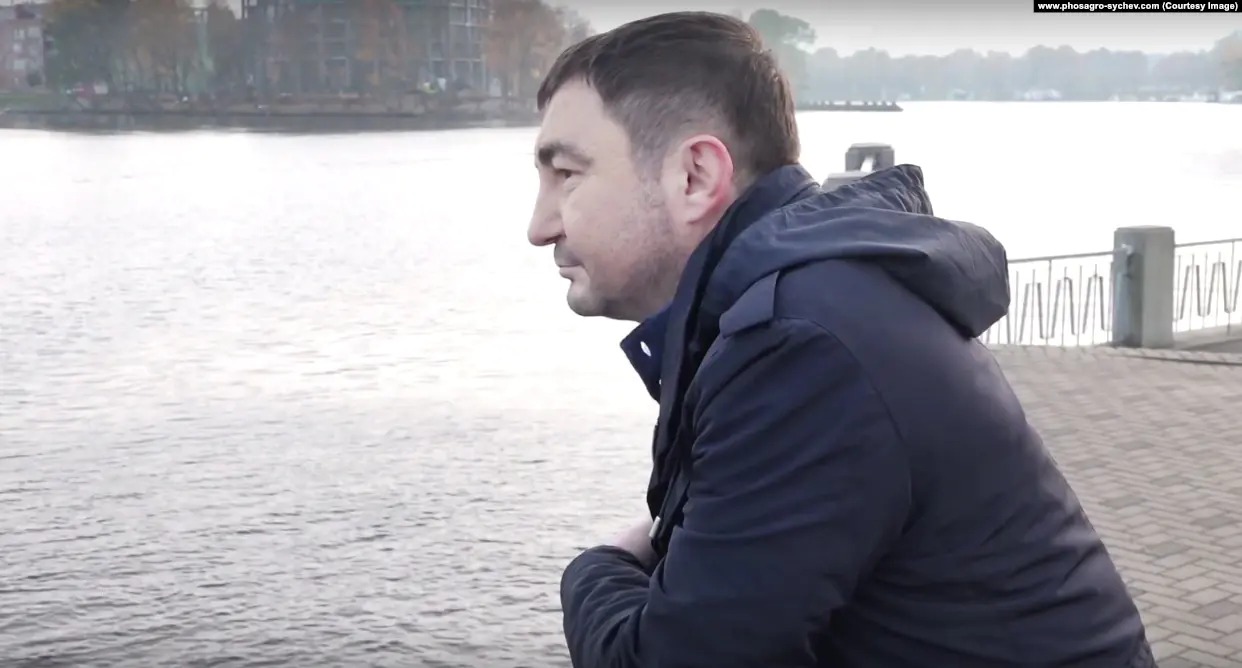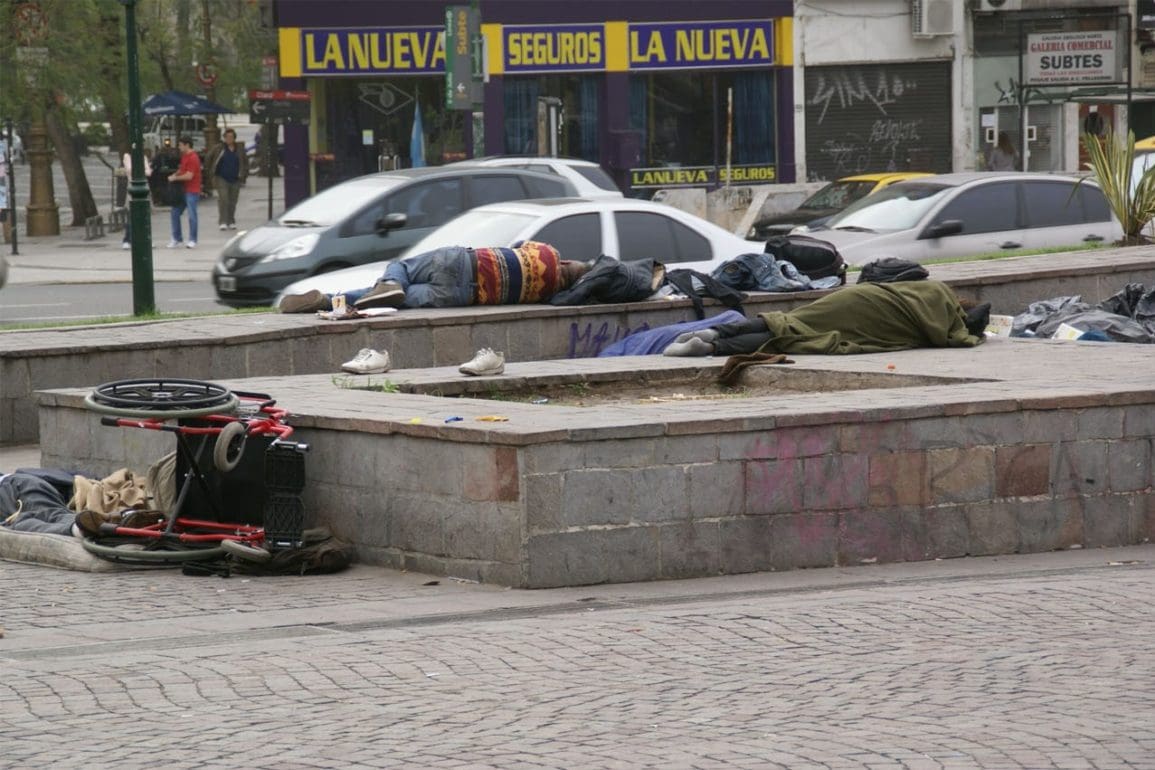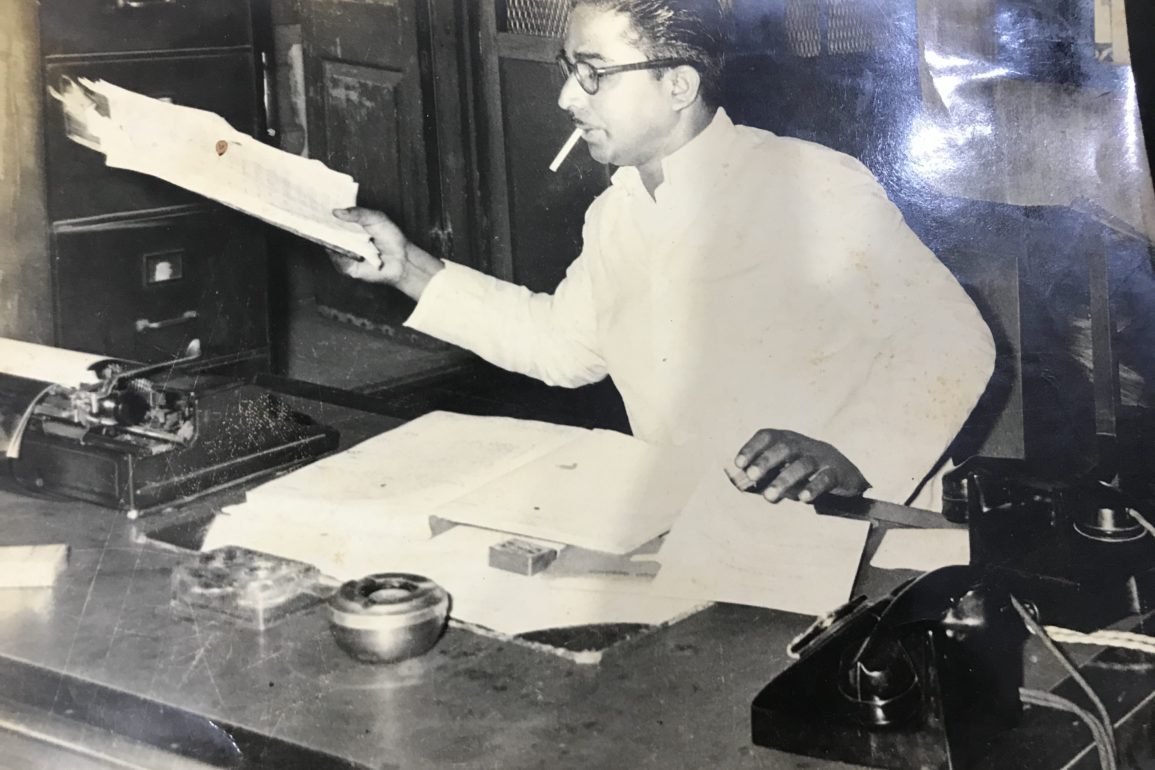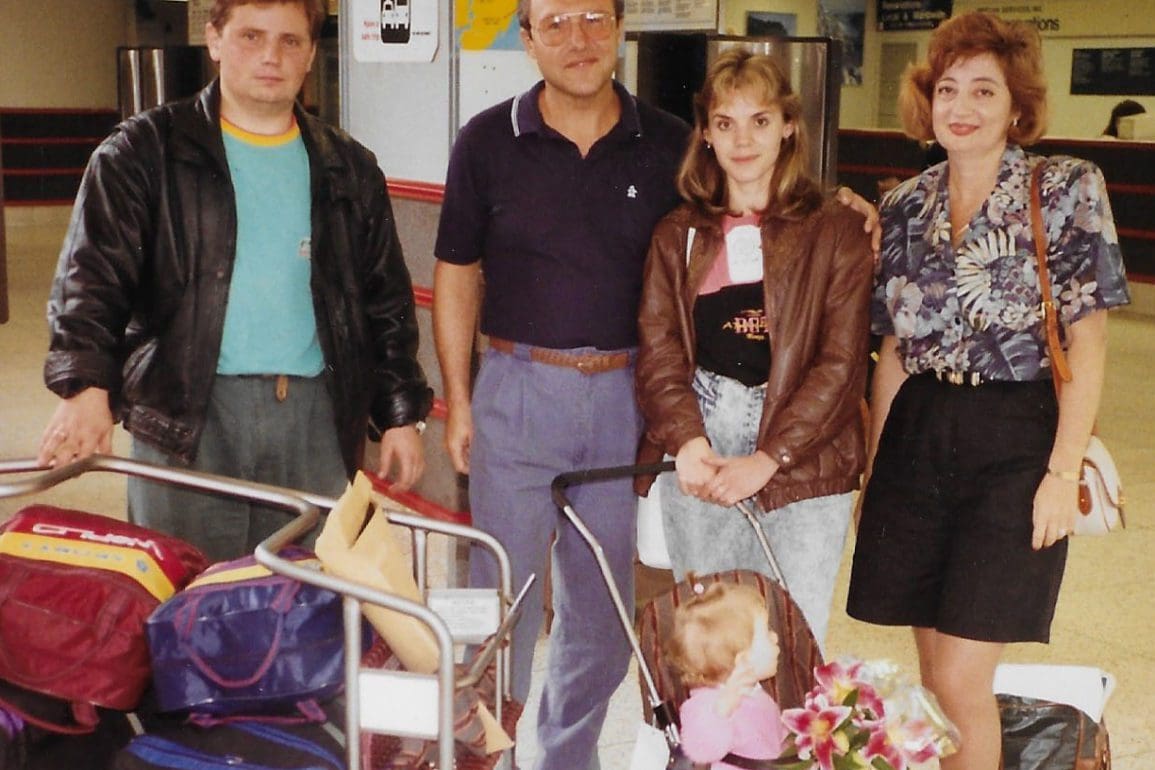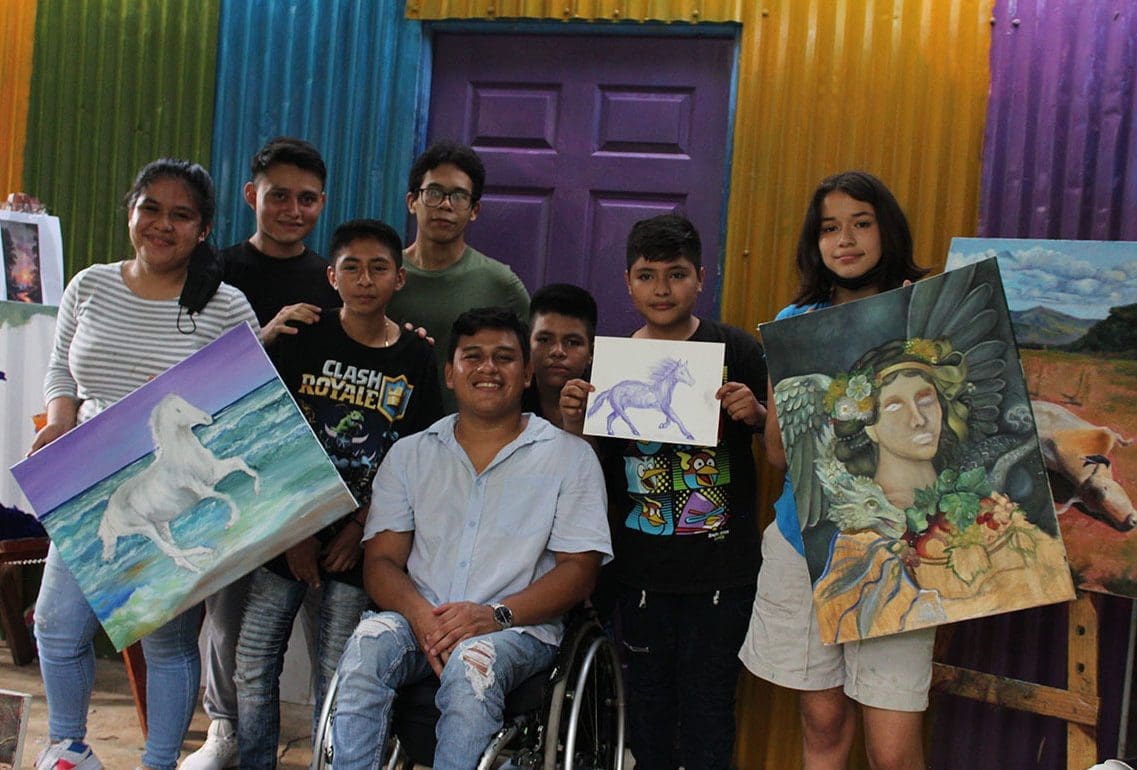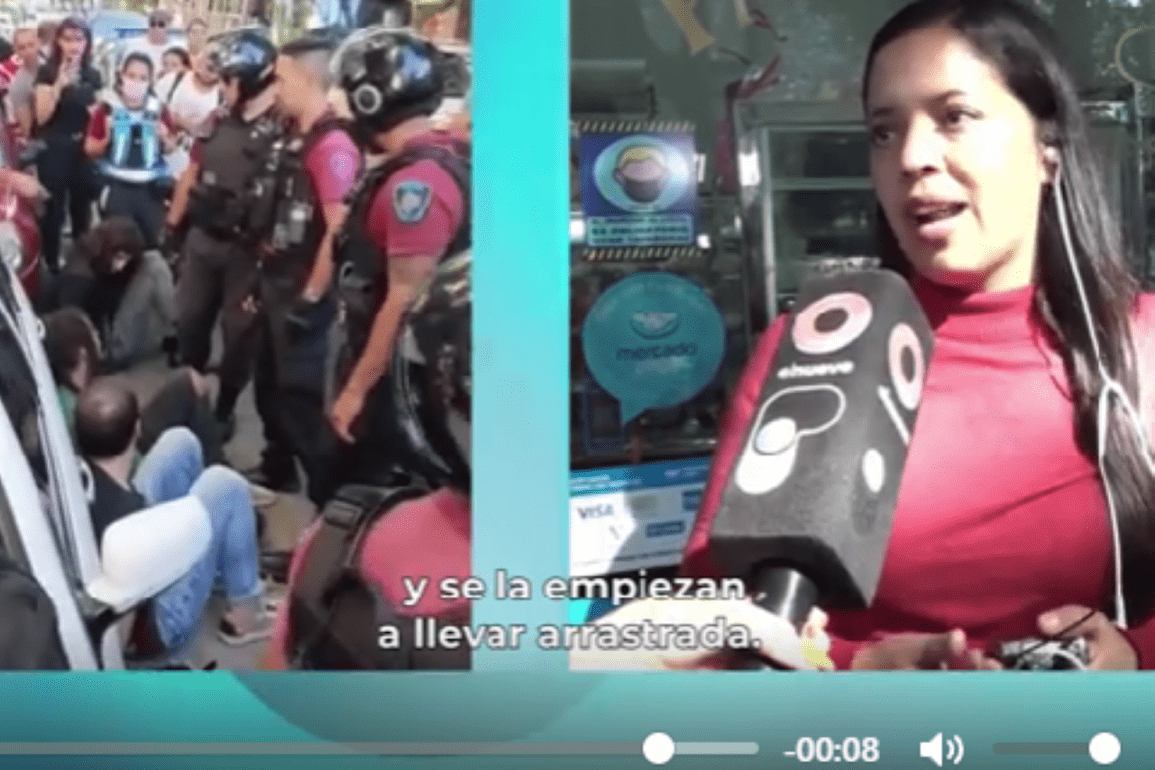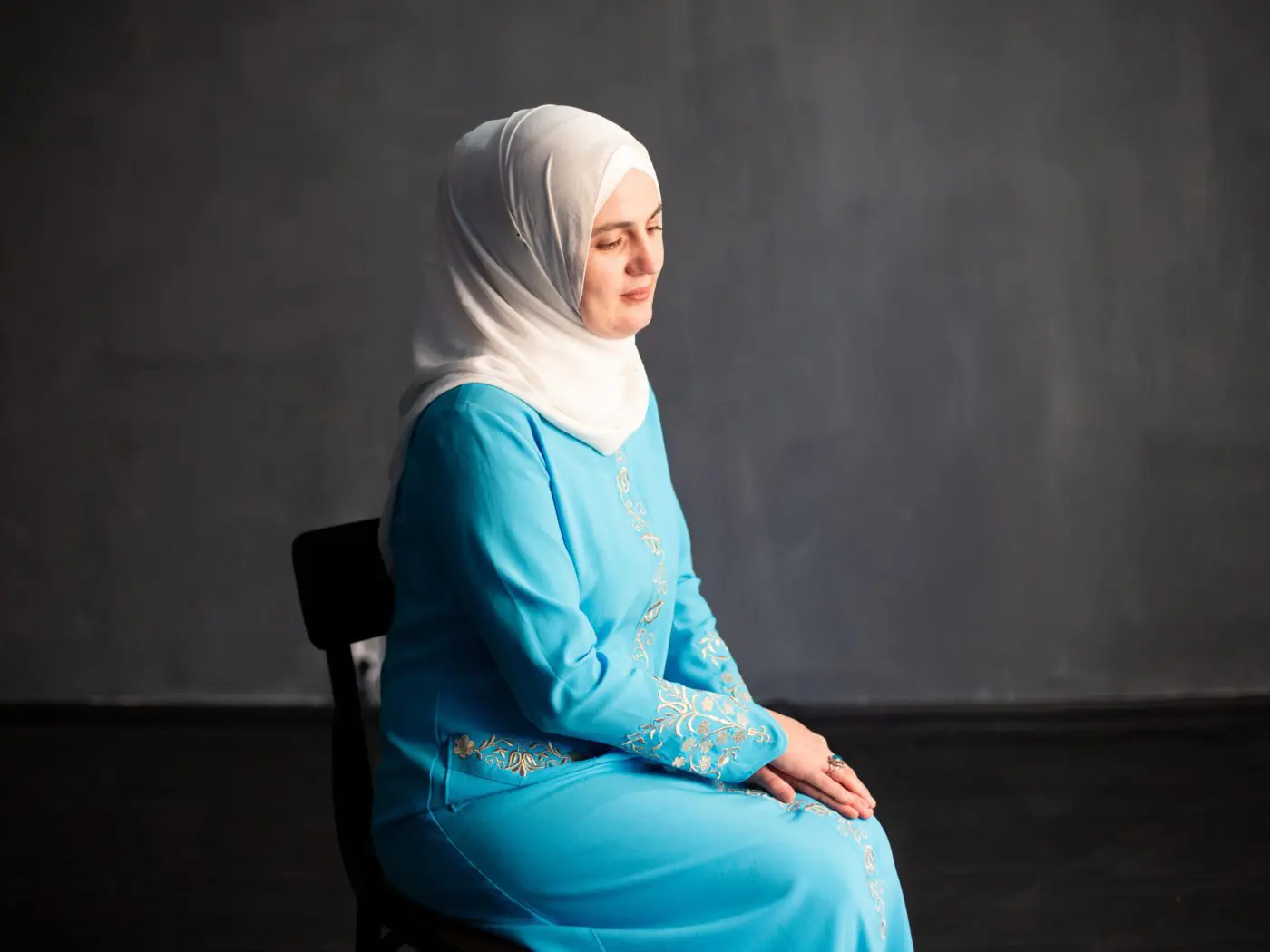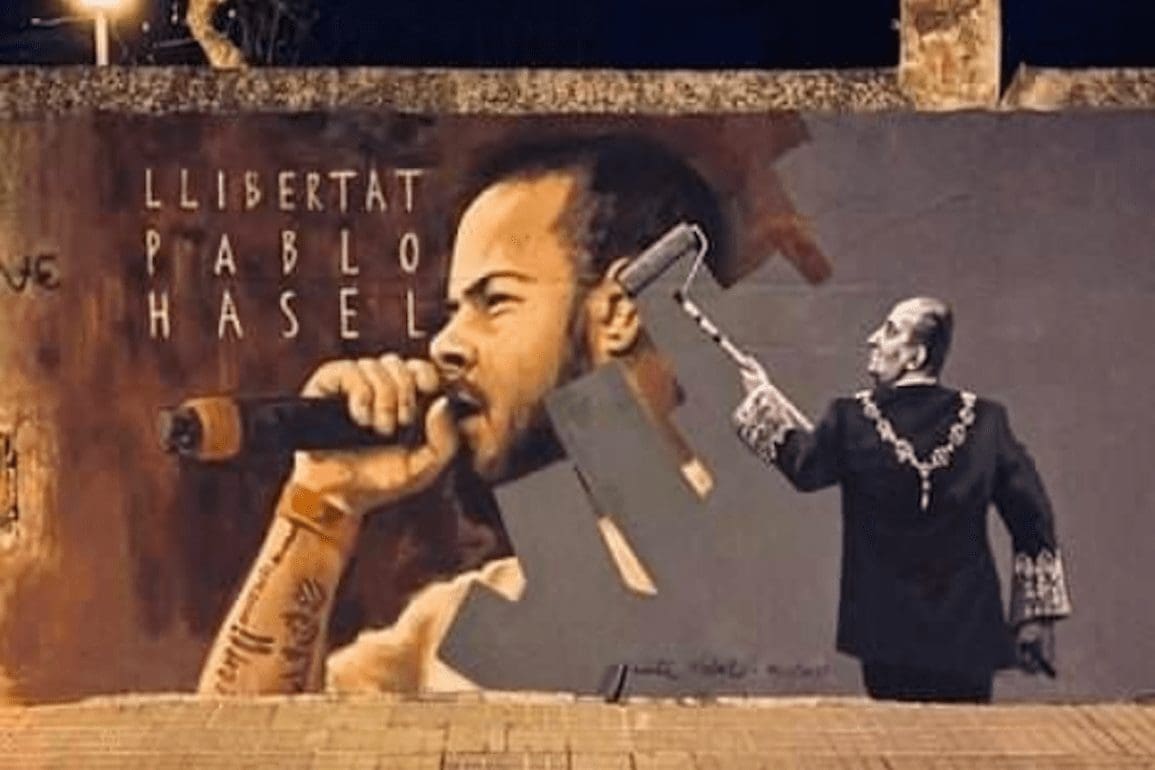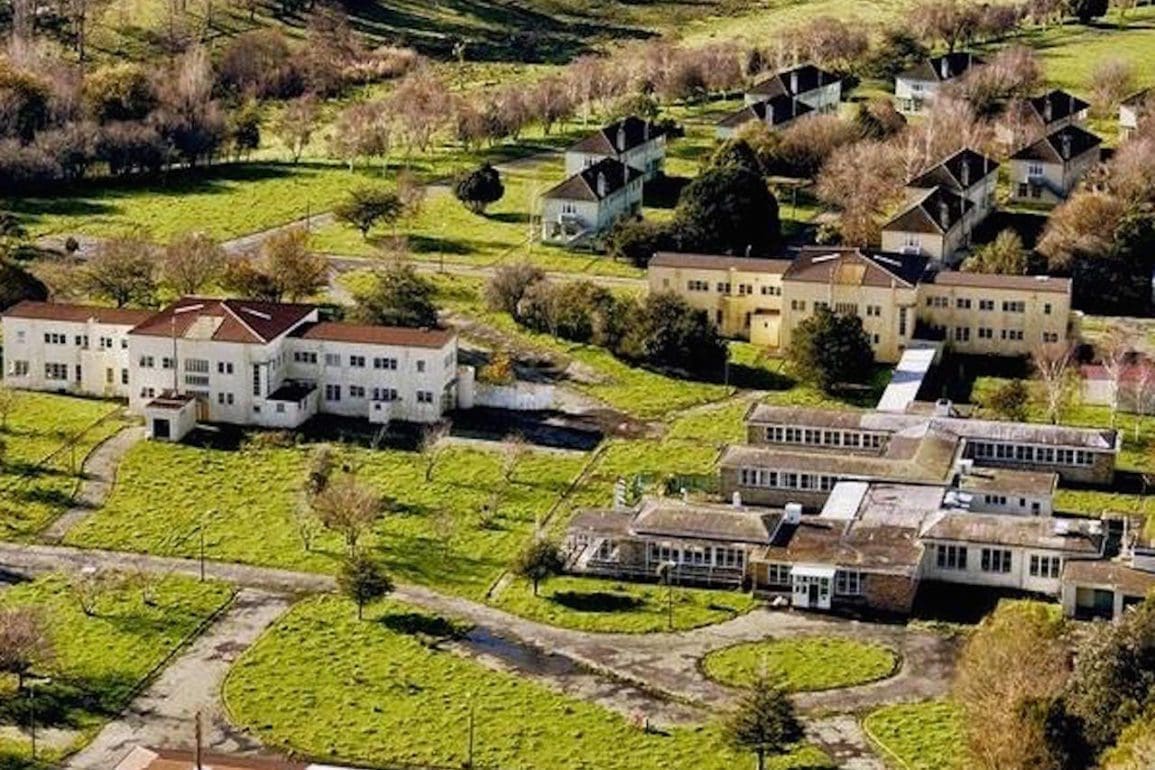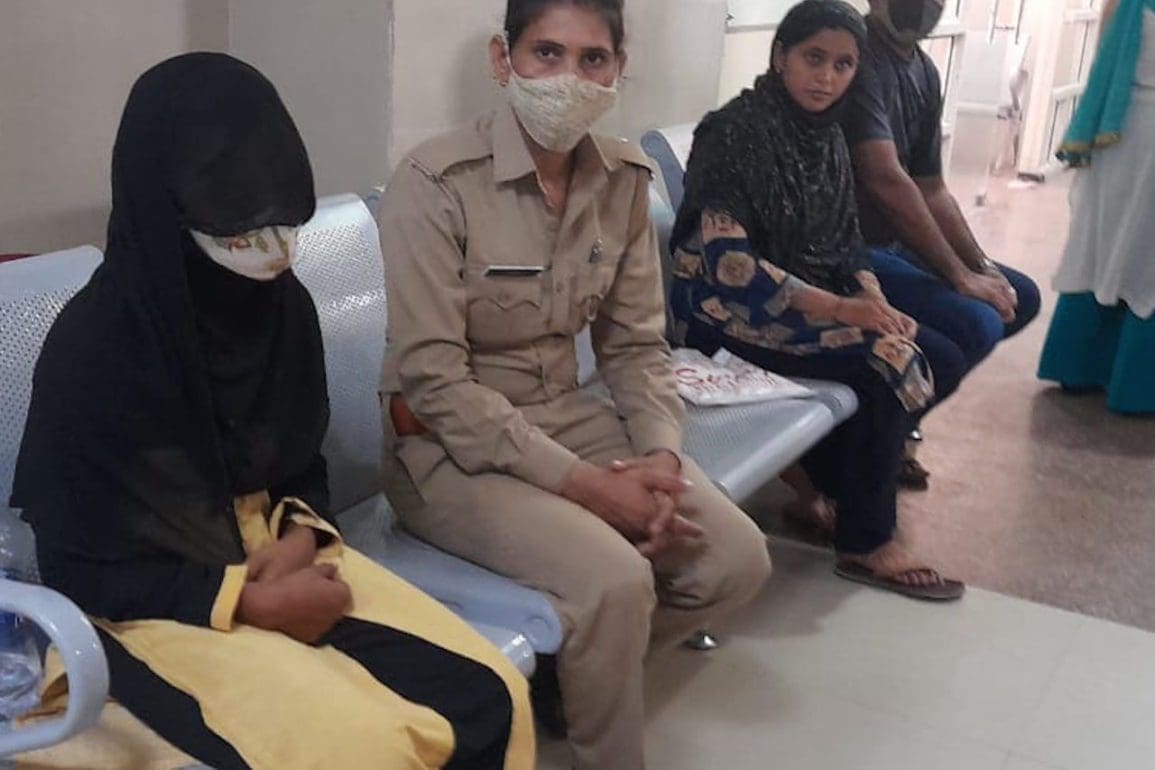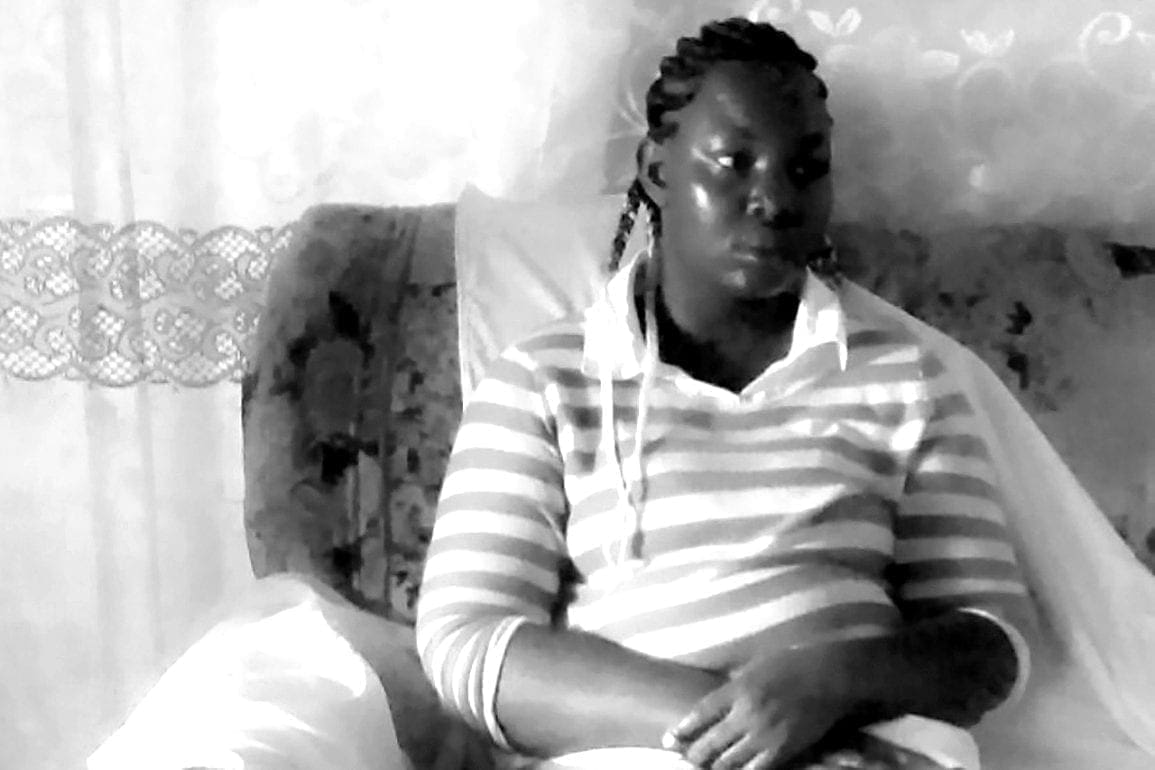Center where military dictatorship tortured, killed activists named World Heritage Site: “We speak so it never happens again.”
Outside the door, a young guard my age stood watch. A thousand scenarios ran through my mind as my body trembled. “Are you going to kill me,” I asked the guard. He looked up and responded, “Yes.”
- 9 months ago
October 29, 2023

BUENOS AIRES, Argentina — During Argentina’s civil-military dictatorship, which maintained power from 1976 to 1983, personnel from the Navy kidnapped, tortured, and murdered an estimated 30,000 people. They stole babies, committed gender violence and sexual assault, and forced captees into labor, all in effort to destroy their opposition. During that time, the Navy tracked me down and on one terrifying afternoon, they turned my world upside down.
When I heard the news that the United Nations designated the former Officer’s Quarters at the Navy School of Mechanics in Buenos Aires as a World Heritage Site, I felt recognized by the world. On those grounds today, you will find the ESMA Memory Site Museum. With the passing of time, many of my fellow victims have died. It remains vital we remind the world what happened here. Despite our fading memories, I want our stories to remain etched in history long after I am gone. We must not forget that here in Argentina, this place whispers the names of those tortured and exterminated for their beliefs. We speak so it never happens again.
Kidnapped from the streets of Buenos Aires
During the military dictatorship, I worked as an administrator at a furniture factory in Lomas del Mirador in Buenos Aires, and I was an activist. One day after work, worried about my grandmother’s failing health, I hurried to a nearby phone booth. As I called my family to check in on my grandmother, I noticed a strange man standing behind me. His stare cut through me and when I hung up the phone and began my walk to the bus stop, he seemed to follow.
When I boarded the bus, he also climbed in. A sense of unease sunk inside of me. As we neared my stop, I hopped off the bus quickly hoping to get a head start before he could spot me. My heart pounded as I walked rapidly down the sidewalk and darted into a shop. Hoping I had escaped, I peered cautiously out of the shop window. What I saw scared me.
The man remained, but now he sat inside of a car with other men holding guns. I rushed out of the shop and ran up an outdoor staircase that led me into the General Paz neighborhood. The men caught up to me and tackled me to the ground. Fear overwhelmed me as I imaged the worst possible outcome. The men threw me into the car and put a hood over my head.
I felt the car moving and when it came to a sudden stop, the men who kidnapped me said we were at a police station. When they pulled the hood off my head, the men stared at me, smiling. “You have no idea how long we’ve been looking for you,” they said. My body felt stiff from the stress, but I put on a brave face.
They locked me away for months; I thought I’d never make it out alive
Inside the police station, the men sat me at a table and began questioning and torturing me for hours. They asked about my friend Patricia, another activist. Luckily, I had no idea where Patricia was. When the torture stopped, the men moved me to another location. They strapped me to a bed with elastic bands, threw water on it, and began to deliver electric shocks. When the horror ended, they moved me to a secret detention center in Virrey Caballos, leaving me alone in a small cell with a single bunk and no ventilation.
Outside the door, a young guard my age stood watch. A thousand scenarios ran through my mind as my body trembled. “Are you going to kill me,” I asked the guard. He looked up and responded, “Yes.” My heart sank. Throughout their ensuing interrogations, the men who kidnapped me seemed surprised by my answers. It quickly became obvious they carried inaccurate assumptions about activists like me, and our backgrounds. A sense of shock shone on their faces when I didn’t fall into some preconceived category in their minds.
My imprisonment went on for months and I spent countless nights listening to the horrific screams of my comrades being tortured. The entire time, I endured a constant and deep fear that my captors would kill me. Day in and day out, they beat, threatened, tortured, and shouted at me. Then, one day, the guards informed me that I would be moving to a new location where I could work and have contact with other inmates. Upon my transfer, I spent days huddled on a cold floor with a hood over my head wondering what would come next.
Prisoner assigned a new job in captivity, translating news from around the world
When the waiting period finally ended in my new prison, the guards assigned me a job, one of which was to translate journalistic material from the so-called “anti-Argentine campaign abroad” from English into French. In this new place – which felt very much like a concentration camp – I scouring through articles from the Los Angeles Times, Le Monde, the New York Times, and the Washington Post. The job offered me an opportunity to stay busy and informed.
As I read the articles, I could finally see how other countries reacted to our dictatorship, and how the Argentinian military controlled the media at home. A sense of terror consumed me as I recognized how easily they swayed public opinion in their favor.
It felt very strange to live my life inside of a cell while reading the news about the world going on outside of those four walls. I desperately longed for freedom, not only for myself but for all of Argentina. “Will this tyranny end soon,” I wondered, “And does the world even care?” Then, all of a sudden in September of 1978, Argentinian military officer Emelio Massera ended his term as commander-in-chief, succeeded by Armando Lambruschini. Our captors let many of the prisoners go but not me. They said I needed to stay.
Four months later, In January 1979, the military dictatorship that kidnapped me on the streets of Buenos Aires finally released me. They allowed me to stay at my parents’ house but kept close tabs on me, surveilling my every move day and night. They made me report back to them constantly and told me where I could or could not work.
Overcoming trauma and the importance of remembering
In April 1981, the military dictatorship of Argentina finally loosened their grip on my life. I had repeatedly told them I wanted to move to New York City to live with my aunt. I simply needed a passport. By that time, I married a fellow former prisoner, and we had a one-year-old baby.
Life went on and I eventually became a journalist on radio and television. Today, I serve as the head of the Police Ombudsman’s Office in my home country of Argentina. All these years later, I still face incredible difficulty grappling with the trauma I endured at the hands of Argentina’s civil-military dictatorship.
Eventually, I testified in court during the subsequent trials and it helped me in some ways, but even now, I struggle to sleep at night. As a published author, two pieces felt key to moving forward and proved cathartic: Putas y Guerrilleras which I wrote with Olga Wornat 30 years after my imprisonment, and my book Ese Infierno which details my experiences in the prison camp.
When I look back on this horrifying chapter of my life – on what can aptly be described as a genocide – I hold tight to the comradery I developed with the other survivors. Our freedom and progress today would not be possible without the decades of work we all invested after the horror ended, including the work of family members, human rights organizations, and especially the Mothers and Grandmothers of Plaza de Mayo.
The World Heritage Site designation by the United Nations, which recognizes our pain and suffering and the lives of those who vanquished during Argentina’s military dictatorship, breathes hope into those excruciating memories.










